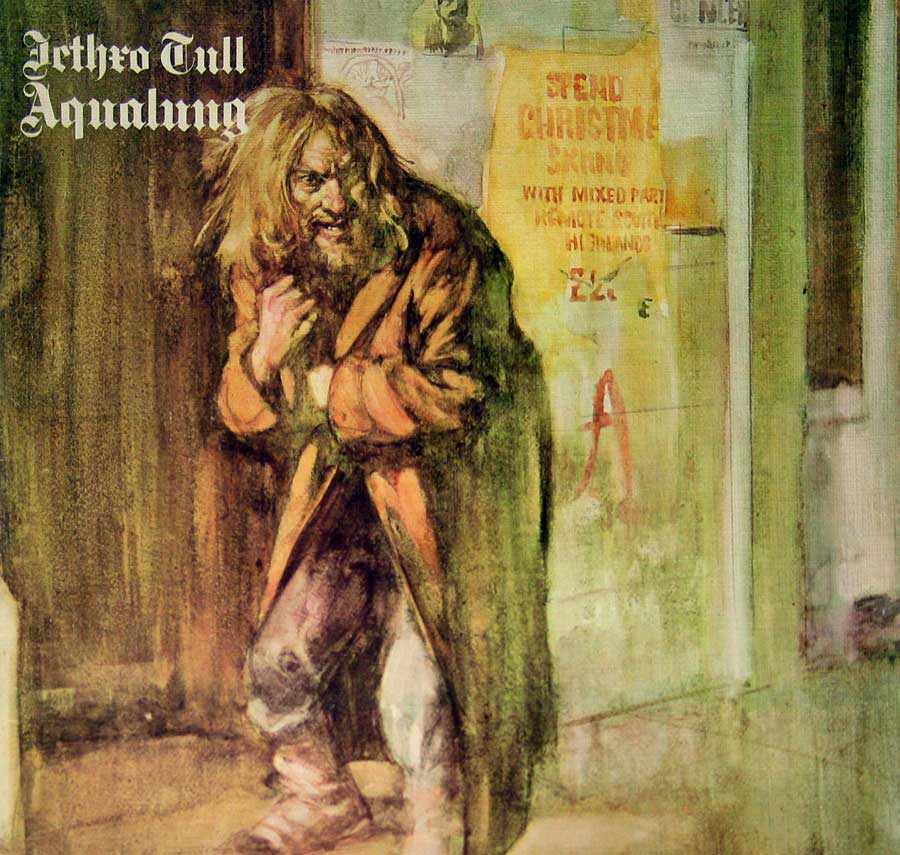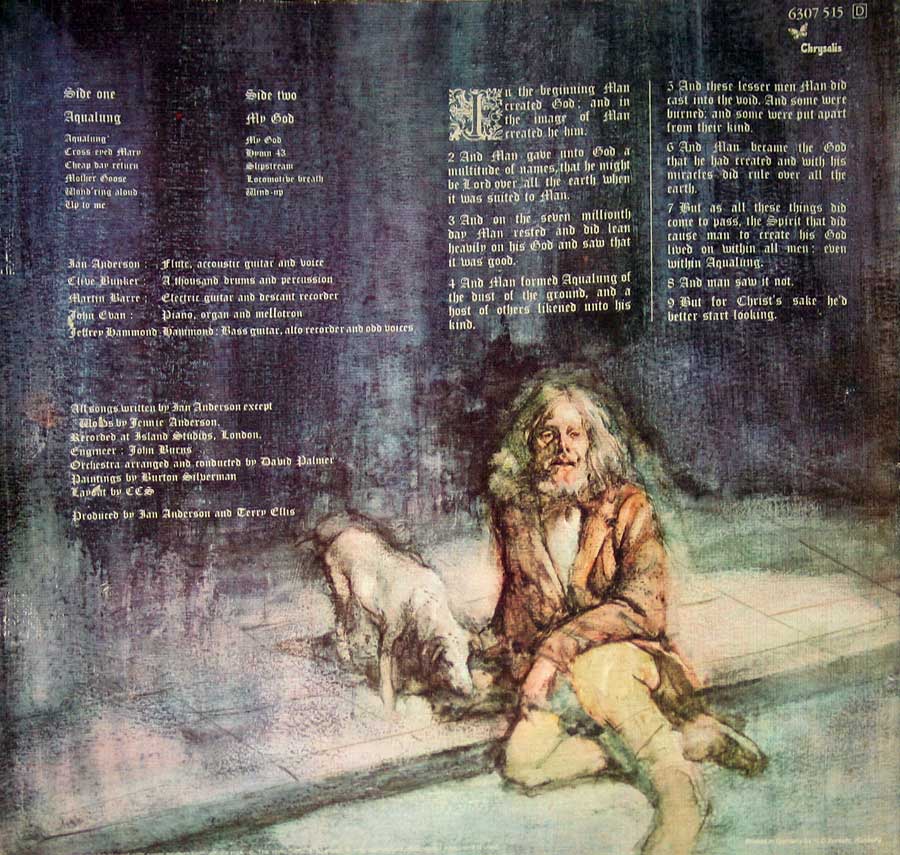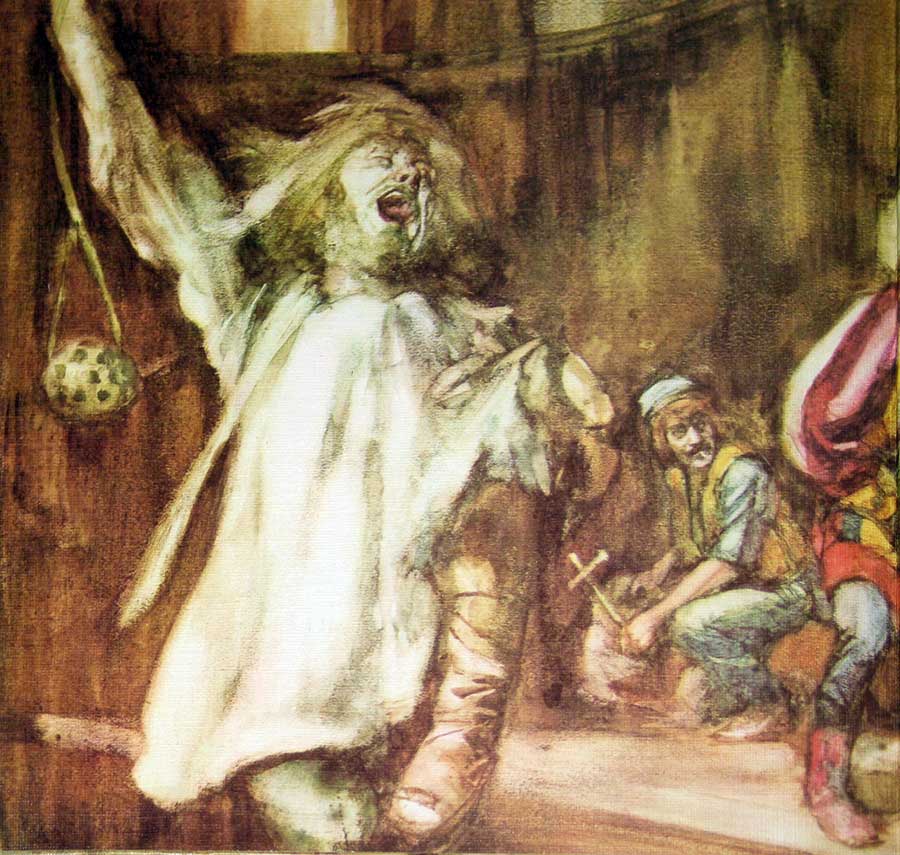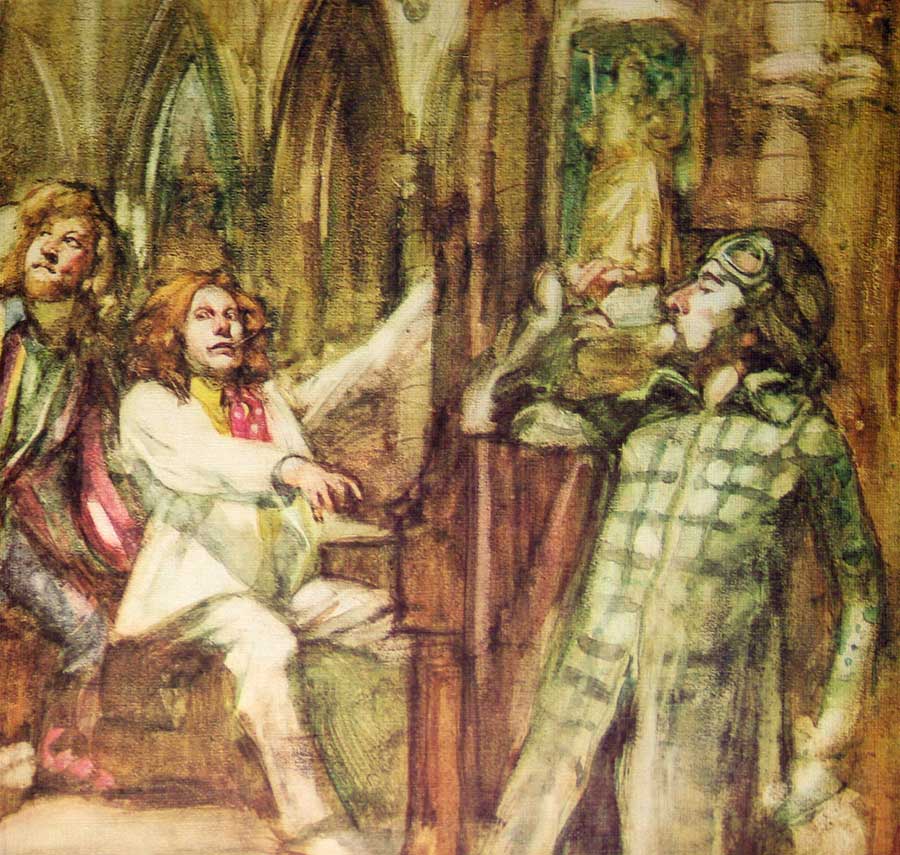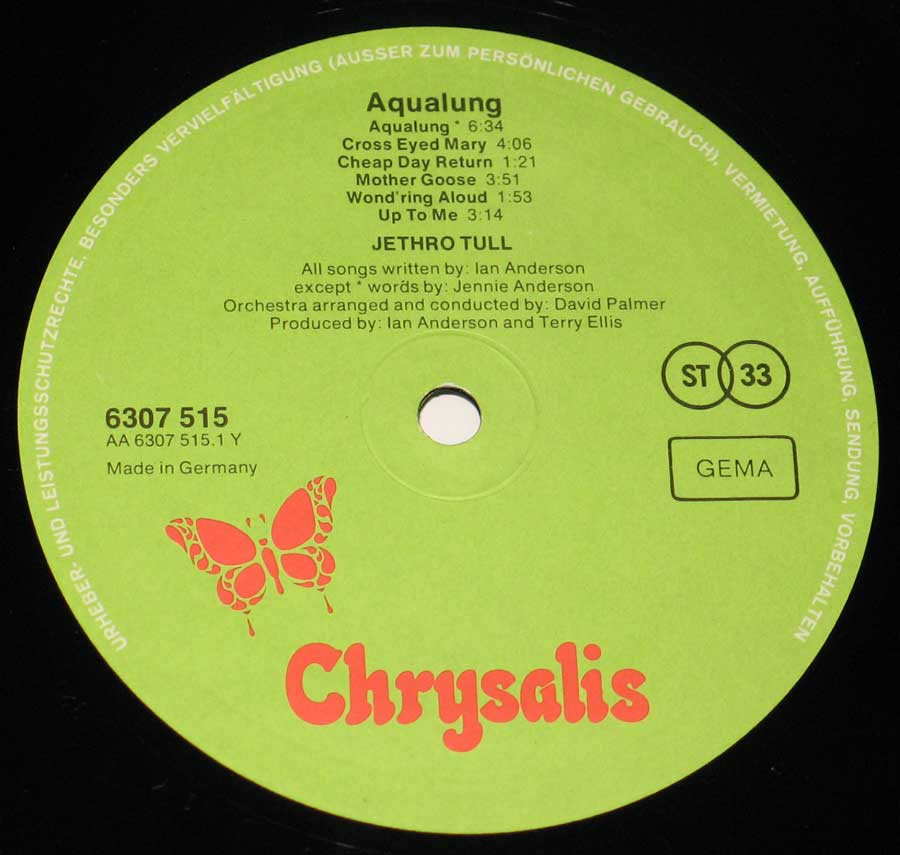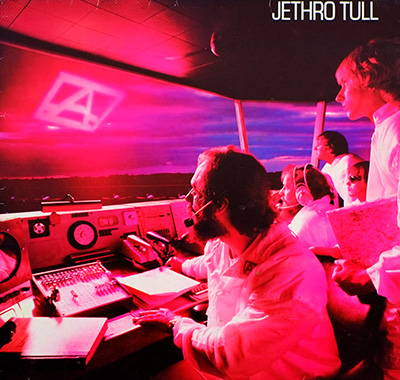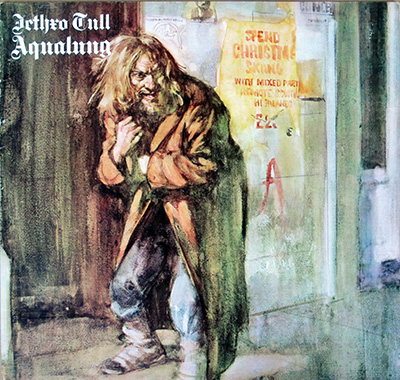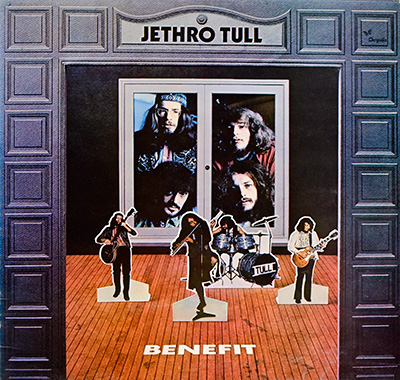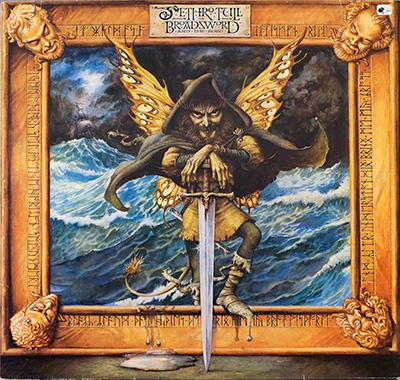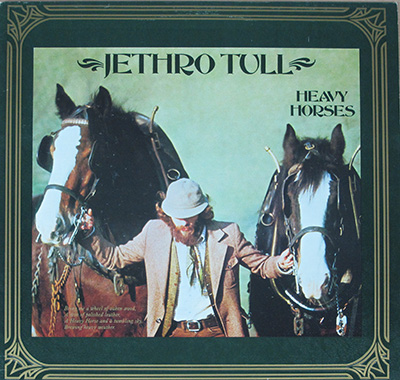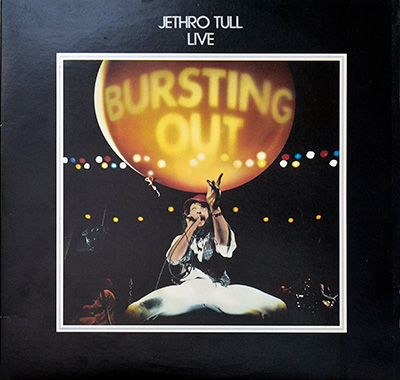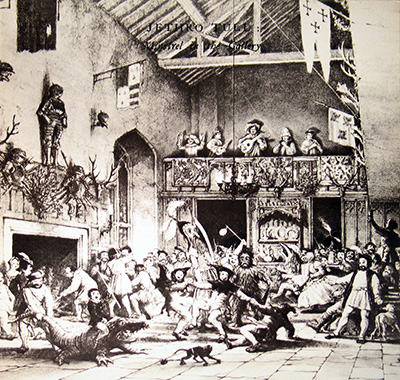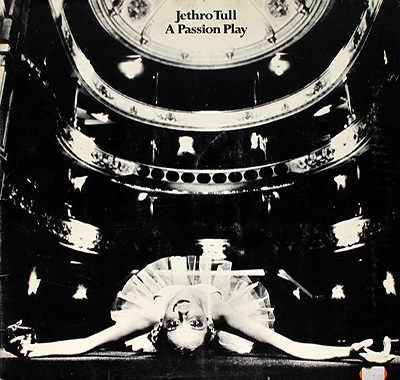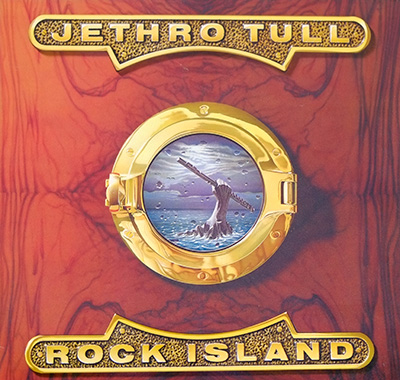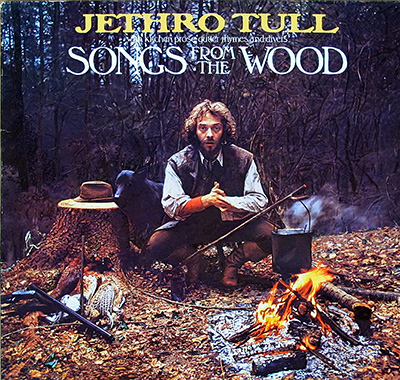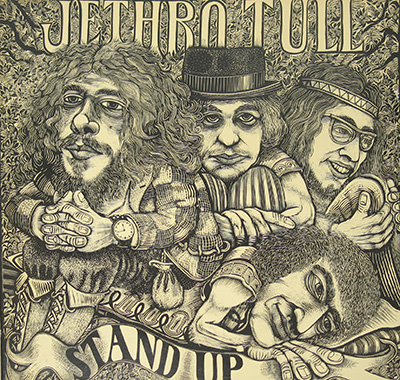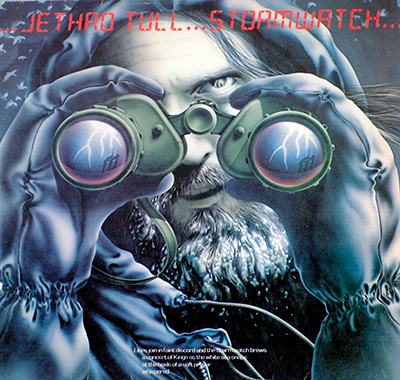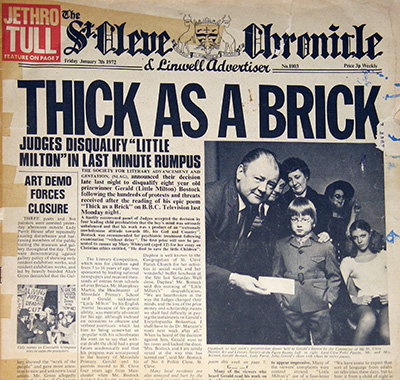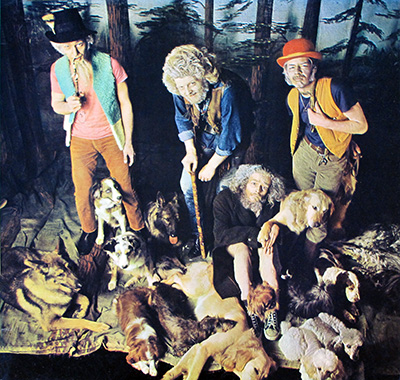As the needle drops and the first haunting notes of "Aqualung" filter through the speakers, there's an instant realisation that this isn't just another rock album. Released on 19 March 1971, Jethro Tull's "Aqualung" stands as a monumental piece in the labyrinth of 70s rock. Its German release under CHRYSALIS Records, presented in a lavish gatefold album cover, captures not only the essence of the era but also the multifaceted dimensions of Jethro Tull's musical prowess.
Historical Context: The Seventies Soundscape
Emerging in a period rife with socio-political upheaval and musical revolution, "Aqualung" entered a world where rock was morphing into a vehicle for deep, sometimes dark, introspection. The early 70s saw rock bands pushing boundaries, both musically and thematically, with albums that questioned societal norms, religious dogmas, and personal identity. Jethro Tull, led by the enigmatic Ian Anderson, channelled this zeitgeist into an album that was as much a commentary on the human condition as it was a showcase of musical innovation.
Musical Exploration: A Fusion of Genres
"Aqualung" is a genre-defying odyssey, blending elements of hard rock, folk, and progressive rock. The album's title track, with its iconic riff and Anderson's gravelly vocals, immediately sets the tone. It's a gritty, raw portrayal of homelessness and societal neglect, reflecting the band's willingness to tackle uncomfortable subjects head-on. Tracks like "Cross-Eyed Mary" and "Locomotive Breath" delve into the complexities of morality and the inexorable march of time, anchored by Martin Barre's searing guitar work and the intricate, often jazz-like rhythms laid down by Clive Bunker on drums and Jeffrey Hammond on bass.
Yet, it's in the quieter moments that Jethro Tull's folk influences shine. "Cheap Day Return" and "Mother Goose" offer pastoral, almost whimsical interludes, with Anderson's flute playing weaving through acoustic arrangements, creating a juxtaposition that enhances the album's narrative depth. The use of classical motifs and time signature changes throughout the album reveals a sophistication that elevates "Aqualung" above the typical rock fare of its time.
Controversies: Theological Undertones and Misunderstandings
"Aqualung" is as controversial as it is celebrated. The album's second side, often referred to as a conceptual suite, delves into Anderson's critical view of organised religion. Tracks like "My God" and "Hymn 43" are scathing indictments of religious hypocrisy and institutional corruption. Anderson's lyrics, delivered with a mix of anger and sardonic wit, sparked debates and drew ire from religious groups who saw the album as blasphemous. However, Anderson clarified that his target was not spirituality itself but the perversion of it by human institutions.
Production Team and Recording Studio: Crafting a Masterpiece
The production of "Aqualung" was a meticulous process, helmed by Ian Anderson and engineer/producer Terry Ellis. Recorded at Island Studios in London, the album benefited from the studio's state-of-the-art facilities, which allowed the band to experiment with layering sounds and achieving the rich, textured quality that defines the record. Island Studios, a hub for many iconic albums of the era, provided an environment where Jethro Tull's creativity could flourish.
The album's engineering team, including the likes of John Burns, ensured that every nuance of Jethro Tull's complex arrangements was captured with clarity. The result is an album that sounds as fresh and vibrant today as it did over five decades ago.
Gatefold Album Cover: Visual Storytelling
The German release of "Aqualung" by CHRYSALIS Records features a gatefold album cover that complements the album's themes perfectly. The artwork, created by Burton Silverman, is a haunting portrait of the titular character, evoking a sense of desolation and introspection. Opening the gatefold reveals a wealth of visual and lyrical content, inviting listeners to engage with the album on a deeper level.
Popular Topics: Cultural Impact and Musical Legacy
"Aqualung" has spurred countless discussions among music enthusiasts and critics alike. One popular topic is its cultural impact. The album’s exploration of social issues, such as the plight of the homeless in "Aqualung" and the critique of organized religion in "My God," resonated with a generation grappling with similar concerns. This thematic bravery set Jethro Tull apart from many of their contemporaries.
The album's musical legacy is another frequent topic. "Aqualung" is often cited as a pivotal moment in the evolution of progressive rock, influencing bands like Rush and Genesis. Its seamless blend of rock and folk elements, coupled with complex arrangements and time signatures, paved the way for future prog-rock masterpieces.
Moreover, the album’s iconic flute work by Ian Anderson, particularly in songs like "My God" and "Locomotive Breath," has been a subject of fascination. Anderson’s ability to incorporate the flute into rock music so effectively challenged conventional rock instrumentation norms and expanded the genre's possibilities.
